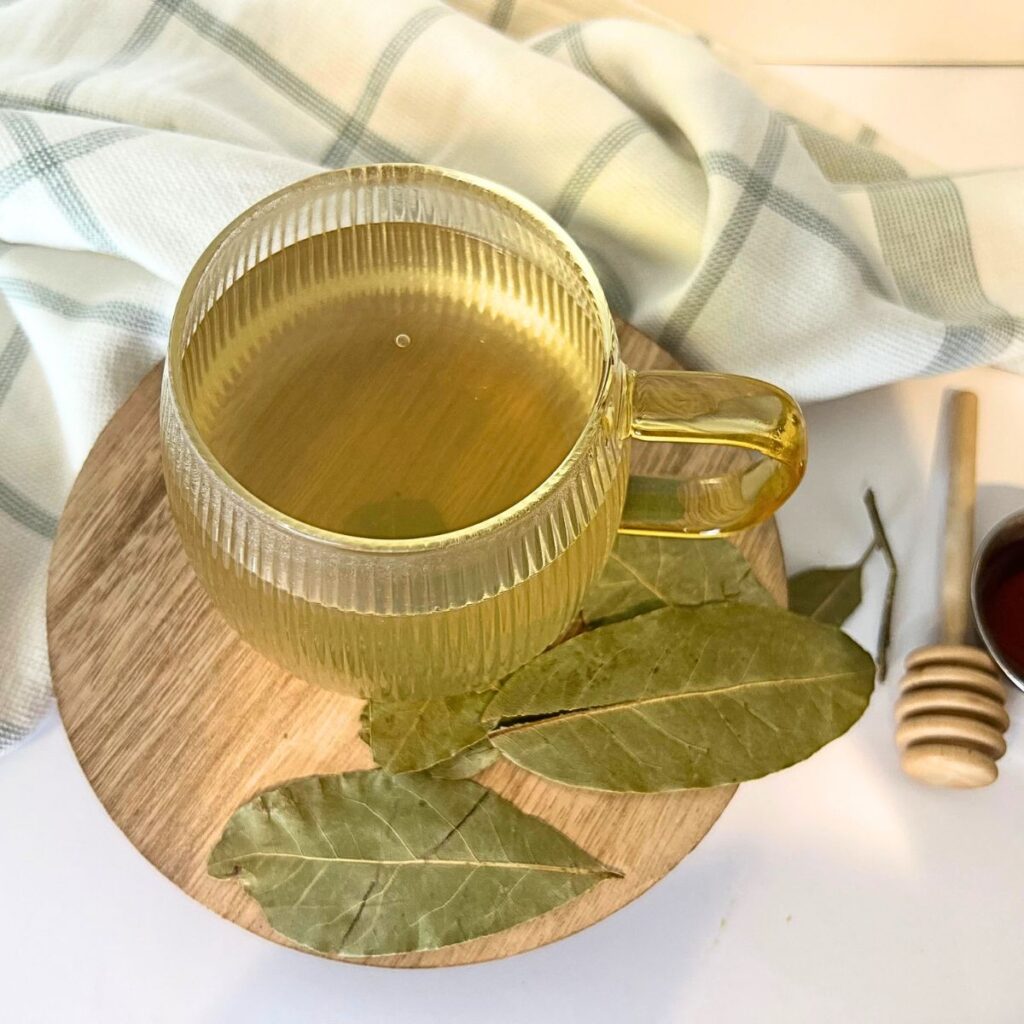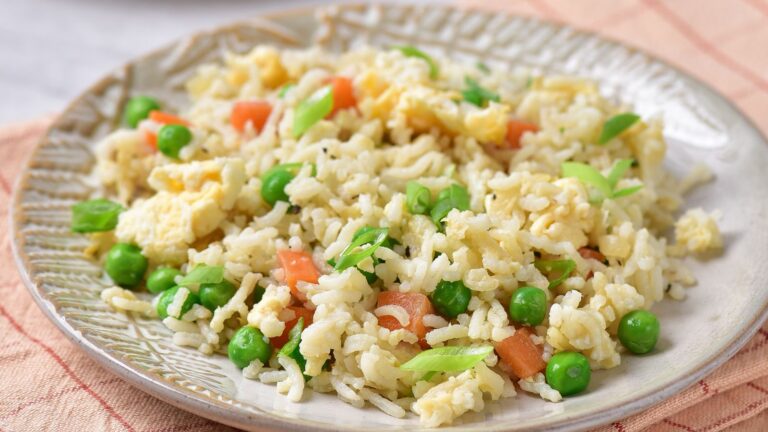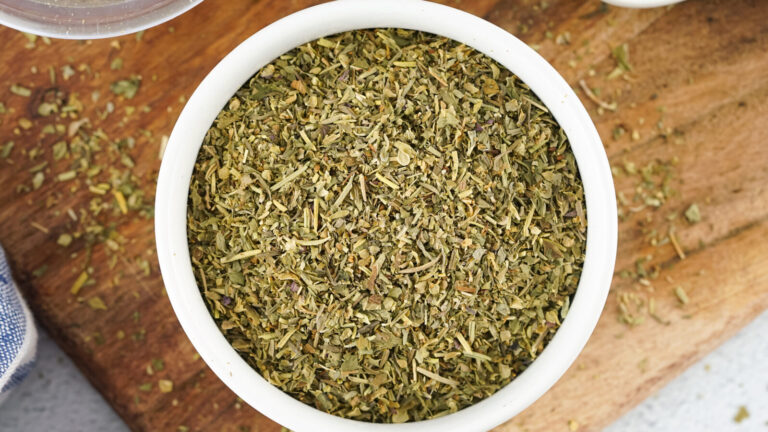This post may contain affiliate links.
Sipping on a hot cup of bay leaf tea feels like a cozy hug. The fragrant smell of the bay leaves creates a soothing herbal brew without any caffeine. It’s the kind of tea that brings peace to both body and mind.
While most people use bay leaves for cooking, I enjoy its flavor in a simple tea. Bay leaves can do so much more than cooking in your favorite stew or porridge, and it’s surprisingly tasty with a bit of spice.
Its reputation for relaxation is well-deserved—and once you try it, you’ll understand why it’s so special.
Here’s a simple recipe for making bay leaf tea.

Why we love this recipe
- It is a simple recipe.
- It is refreshing and soothing.
- Bay leaf tea serves as a great digestive aid, easing upset stomachs.
- Its aromatic properties can relieve sinus pressure or congestion, making it a versatile remedy for various discomforts.
- Bay leaves are known for their ability to help with diarrhea, inflammation, and diabetes, making them beneficial for strengthening the immune system.
- Enjoy it any time of day.
- The calming properties of bay leaf tea make it an excellent beverage for relieving anxiety and stress.

Ingredients
- Bay Leaves
- 2 Cups Water
- Honey
- Strainer
- Pot
Instructions
- Start by adding two cups of water to a saucepan. Bring the pan to a boil.
- Add the 4-5 bay leaves in the boiling water. It’s ok if the leaves aren’t perfect. When bay leaves are dried, they crumble easily.

- Once the pot begins to boil, turn off the stove and allow the bay leaves to steep for 5 minutes. This duration allows for maximum flavor extraction. The longer it steeps, the stronger the strength of the tea.
- Use a strainer over your teacup and carefully pour the brewed tea through the strainer.
- Sweeten the tea with a teaspoon of honey or sugar. Add additional sweetener to the preferred taste.



Variations and additions to enhance your bay leaf tea
While bay leaf tea is delightful on its own, you can experiment with various additions to create unique flavors.
- Bay Leaf, Lemongrass, and Ginger: Add a few slices of fresh ginger and lemongrass to your teapot for a spicy, warming brew.
- Bay Leaf and mint: Infuse your bay leaf tea with a handful of fresh mint leaves to add a refreshing twist.

Other tea recipes you might like:
- How to Make Fresh Rosemary Tea
- Fresh Honey Ginger Tea Recipe
- How to Make Fresh Mint Tea
- Homemade Garlic Tea
- 21 Homemade Herbal Tea Recipes
Frequently Asked Questions
How do you dry bay leaves for tea?
To dry bay leaves for tea, wash them thoroughly and then spread them out on a clean towel to air dry. Once they’re dry, you can store them in an airtight container for future use.
Does bay leaf have caffeine in it?
Similar to lemongrass tea, Bay tea is caffeine free.
How many bay leaves do you boil to drink?
You should add 2-3 bay leaves for every cup of bay leaf tea. We made 2 cups of tea for this recipe, which required 4-5 fresh bay leaves.
Do you use fresh or dried bay leaves for tea?
When making bay leaf tea, you can use fresh bay leaves or dried bay leaves. The choice is yours. In this recipe, we used dehydrated bay leaves.
Related post: How to Dry Fresh Herbs

How to Make Bay Leaf Tea
Equipment
- Pot
- Strainer
Ingredients
- Bay leaves
- 2 cups Water
- Honey
Instructions
- Start by adding two cups of water to a saucepan. Bring the pan to a boil.
- Add the 4-5 bay leaves in the boiling water. It’s ok if the leaves aren’t perfect. When bay leaves are dried, they crumble easily.
- Once the pot begins to boil, turn off the stove and allow the bay leaves to steep for 5 minutes. This duration allows for maximum flavor extraction. The longer it steeps, the stronger the strength of the tea.
- Use a strainer over your teacup and carefully pour the brewed tea through the strainer.
- Sweeten the tea with a teaspoon of honey or sugar. Add additional sweetener to the preferred taste.






